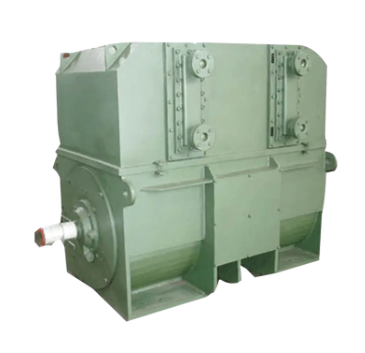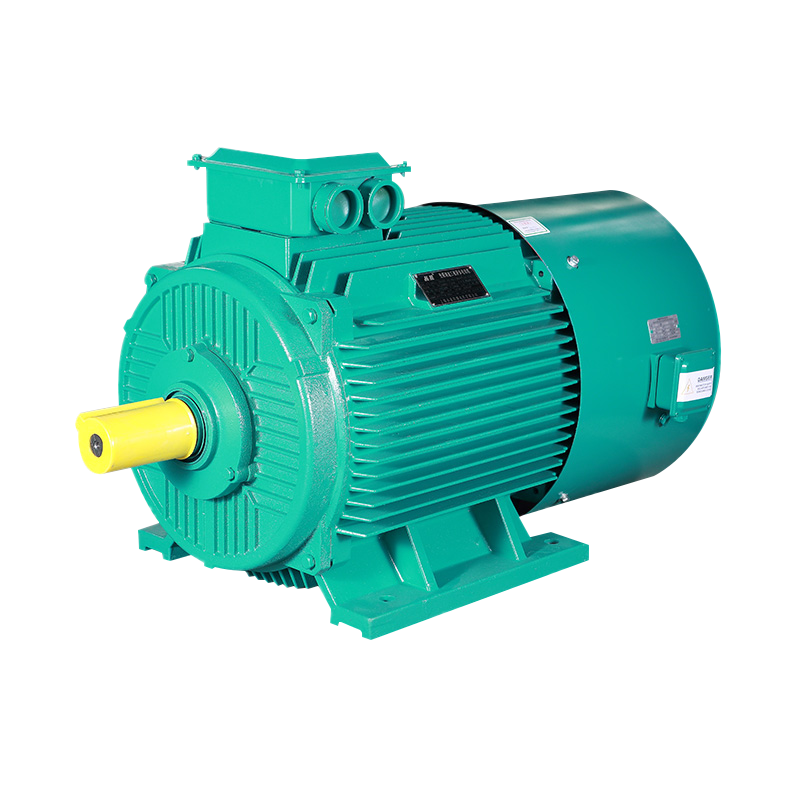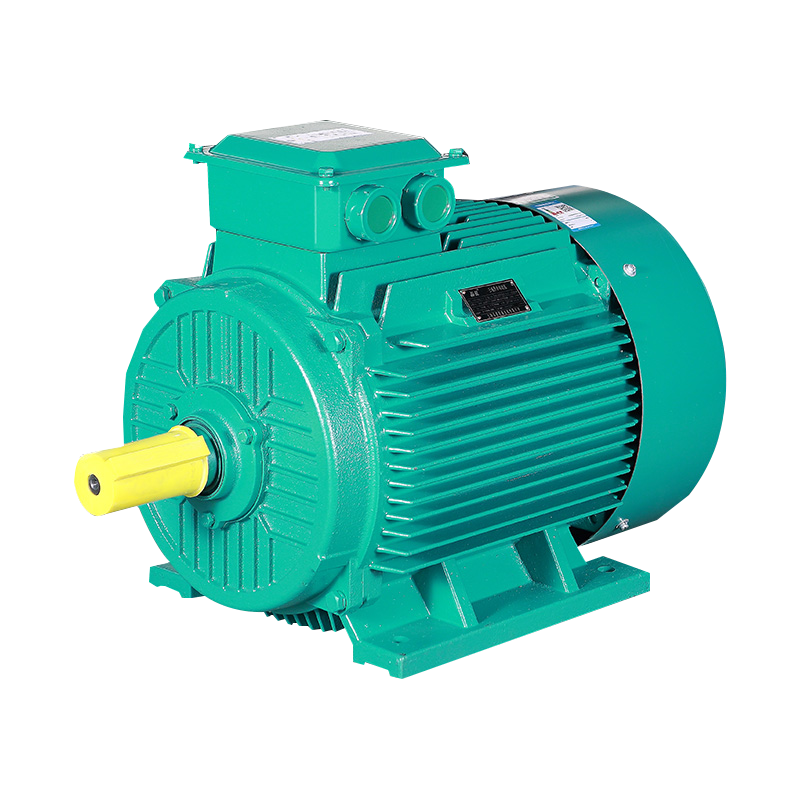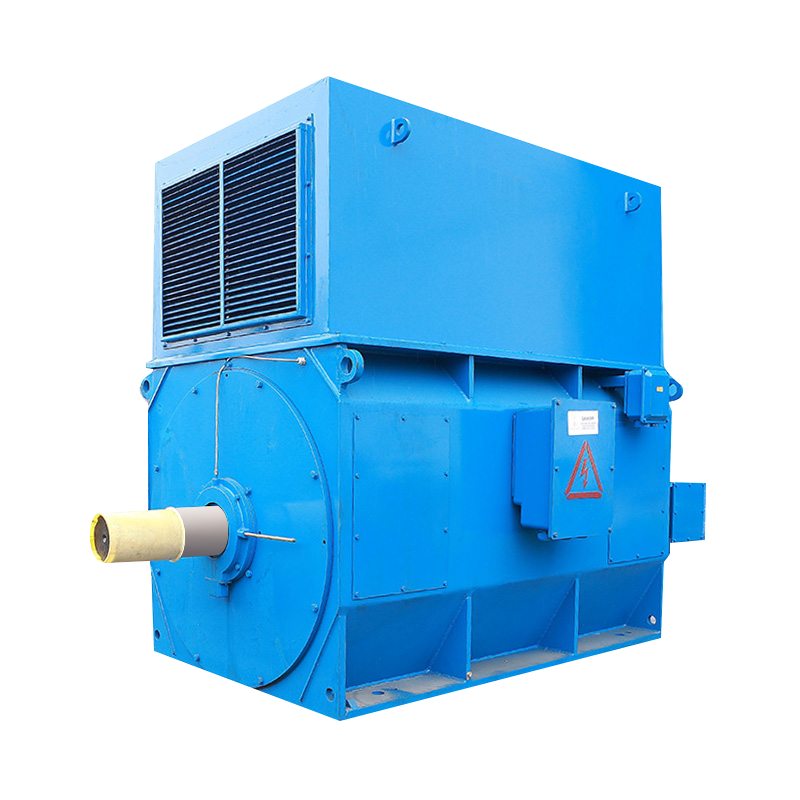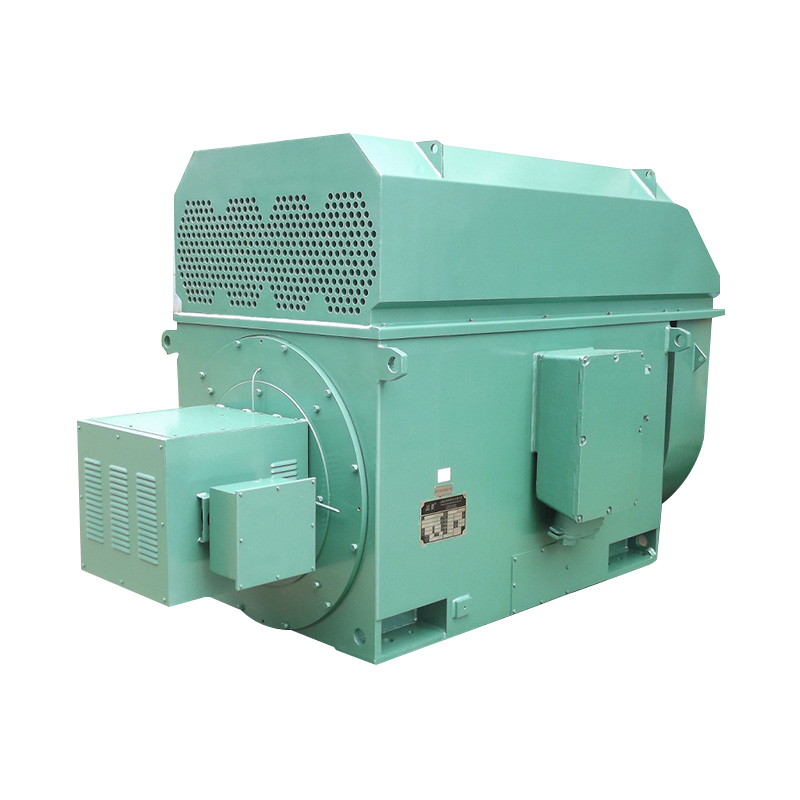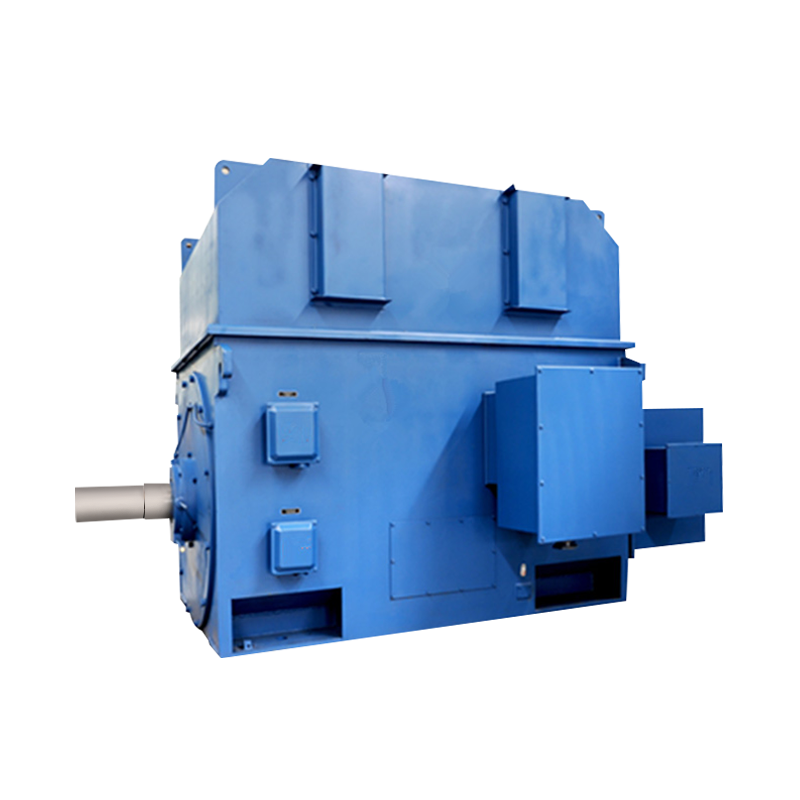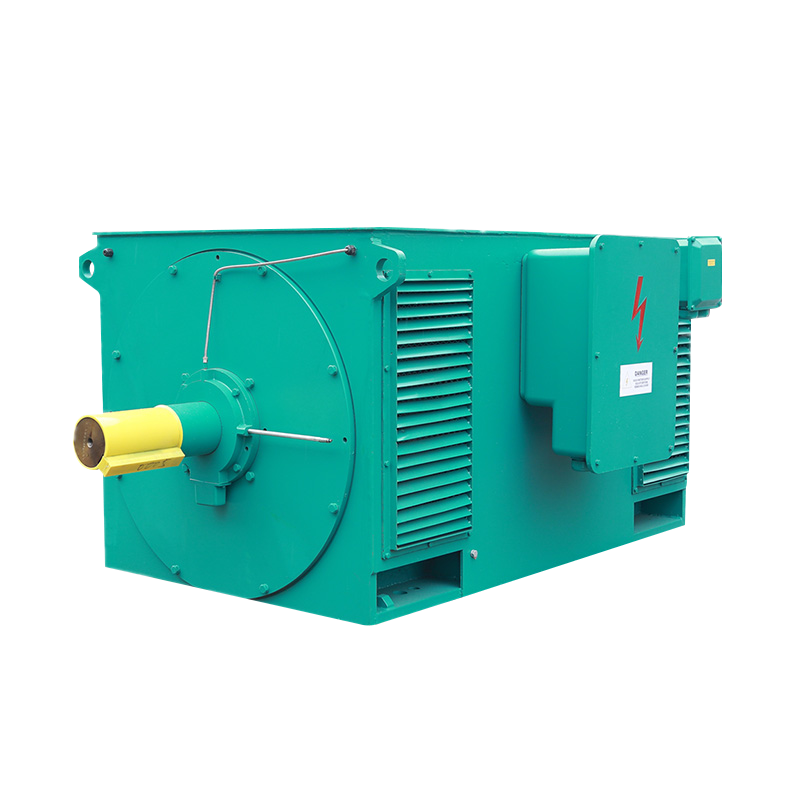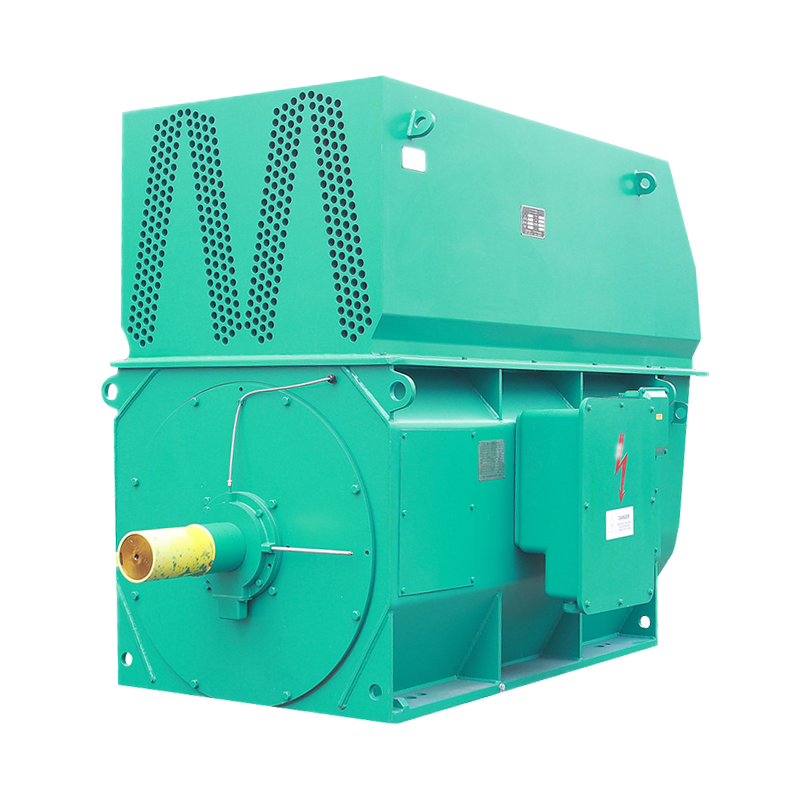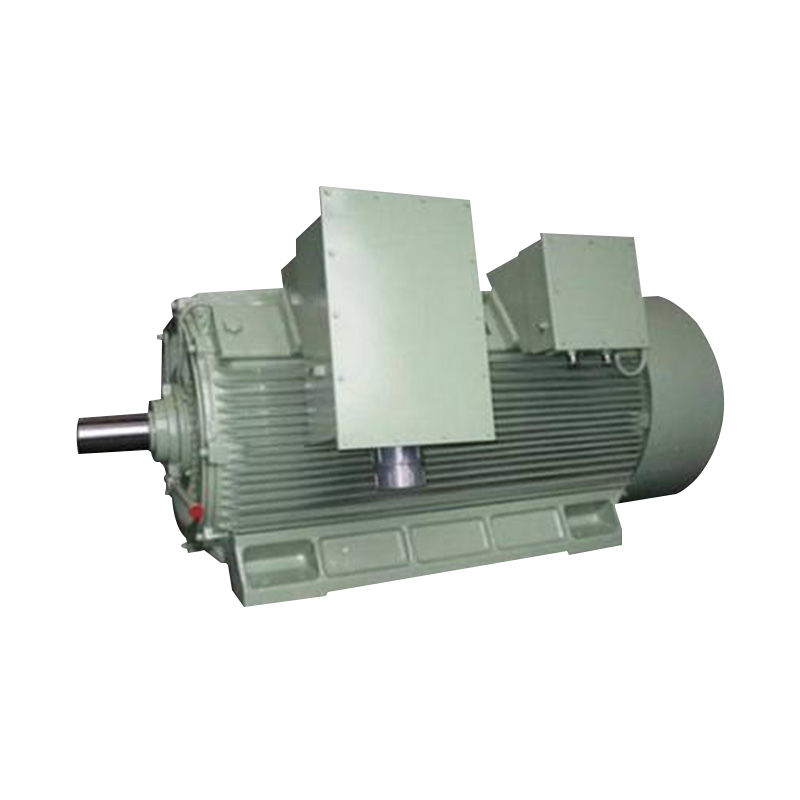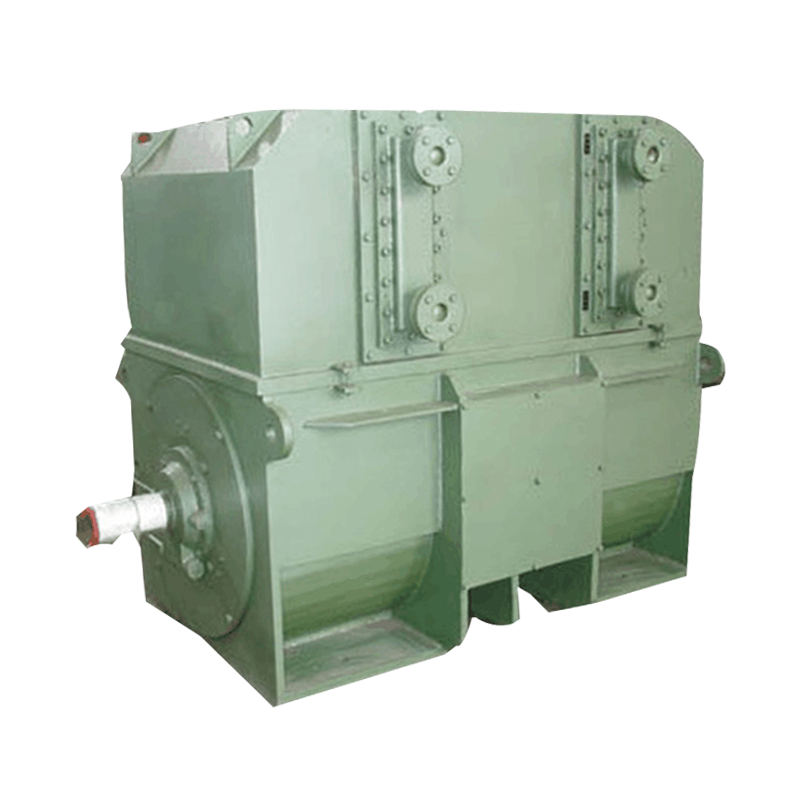Why is Squirrel Cage Motor the first choice for industrial motors?
1.Built to Last: Structural Simplicity Drives Industrial Durability
1.1 Streamlined Rotor Design Eliminates Vulnerable Components
The Squirrel Cage Motor derives its name from its unique rotor structure, which resembles a rotating cage made of conductive bars and end rings. This rotor design eliminates the need for brushes, slip rings, or other wear-prone components found in traditional motors. By removing these fragile parts, the motor drastically reduces mechanical failure risks and ensures greater operational consistency over time.
1.2 Friction-Free Operation Enhances Longevity
Friction and mechanical contact are primary causes of motor wear. The enclosed metal slot structure of the squirrel cage rotor minimizes internal friction during rotation. This enables the motor to withstand continuous high-intensity operation without deterioration, offering excellent longevity even under round-the-clock usage.
1.3 Minimal Maintenance for Maximum Productivity
The simplified design results in fewer moving parts, reducing the likelihood of internal damage or the need for frequent servicing. Maintenance schedules are significantly relaxed compared to conventional motors, freeing industrial teams from constant checks and costly part replacements. As a result, Squirrel Cage Motors deliver long-term savings on operational and repair costs.
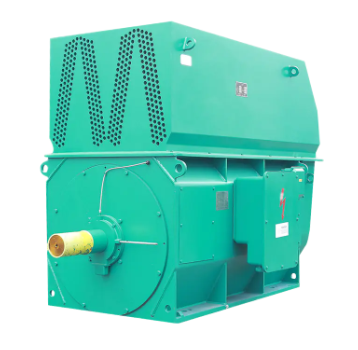
2.Optimized for Industrial Demands: Efficiency Meets Reliability
2.1 Consistent Operation in Harsh Industrial Environments
Whether deployed in high-temperature settings, dusty workshops, or high-humidity zones, the Squirrel Cage Motor maintains stable performance. Unlike traditional motors, which falter in such conditions due to the fragility of brushes and slip rings, this motor design withstands severe environmental challenges without performance degradation or shutdowns.
2.2 Designed to Handle Load Variations and Shock
Industrial equipment often experiences sudden changes in workload. The Squirrel Cage Motor adapts smoothly to these fluctuations thanks to its robust design and mechanical resilience. This allows it to absorb and recover from load shocks quickly without impacting the production cycle, keeping systems running efficiently even under stress.
2.3 Enhanced Reliability Reduces Unplanned Downtime
Downtime is one of the costliest aspects of industrial production. Traditional motors may suffer frequent shutdowns due to brush wear or mechanical misalignments. In contrast, the Squirrel Cage Motor’s architecture reduces fault incidence and ensures prolonged, interruption-free operation. This greatly boosts the reliability of the production line and helps maintain output consistency.
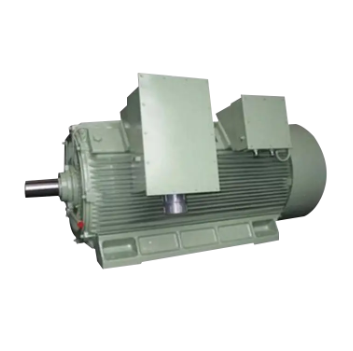
3.Power That Pays Off: Boosting Efficiency and Cutting Energy Costs
3.1 High Energy Efficiency Through Brushless Design
The absence of brushes and slip rings not only improves durability but also enhances energy efficiency. Traditional motors incur electrical and mechanical losses due to frictional resistance; the Squirrel Cage Motor circumvents this issue entirely. It converts electrical input into mechanical output with minimal waste, supporting cost-effective operations.
3.2 Smarter Power Use Across Variable Load Conditions
Thanks to its mechanical simplicity and electromagnetic balance, the motor maintains optimal performance across a wide range of load scenarios. This adaptability allows for better control over energy usage, helping facilities avoid overconsumption during low-demand cycles and contributing to more sustainable energy management.
3.3 Lower Operating Costs and Environmental Footprint
For industries seeking to reduce their carbon footprint while improving profitability, the Squirrel Cage Motor is a strategic asset. Its long lifespan, reduced need for repair, and optimized energy consumption help enterprises cut utility expenses and maintenance budgets simultaneously. Over time, this translates into both economic and environmental gains, aligning with modern sustainability goals.





 English
English русский
русский Français
Français عربى
عربى